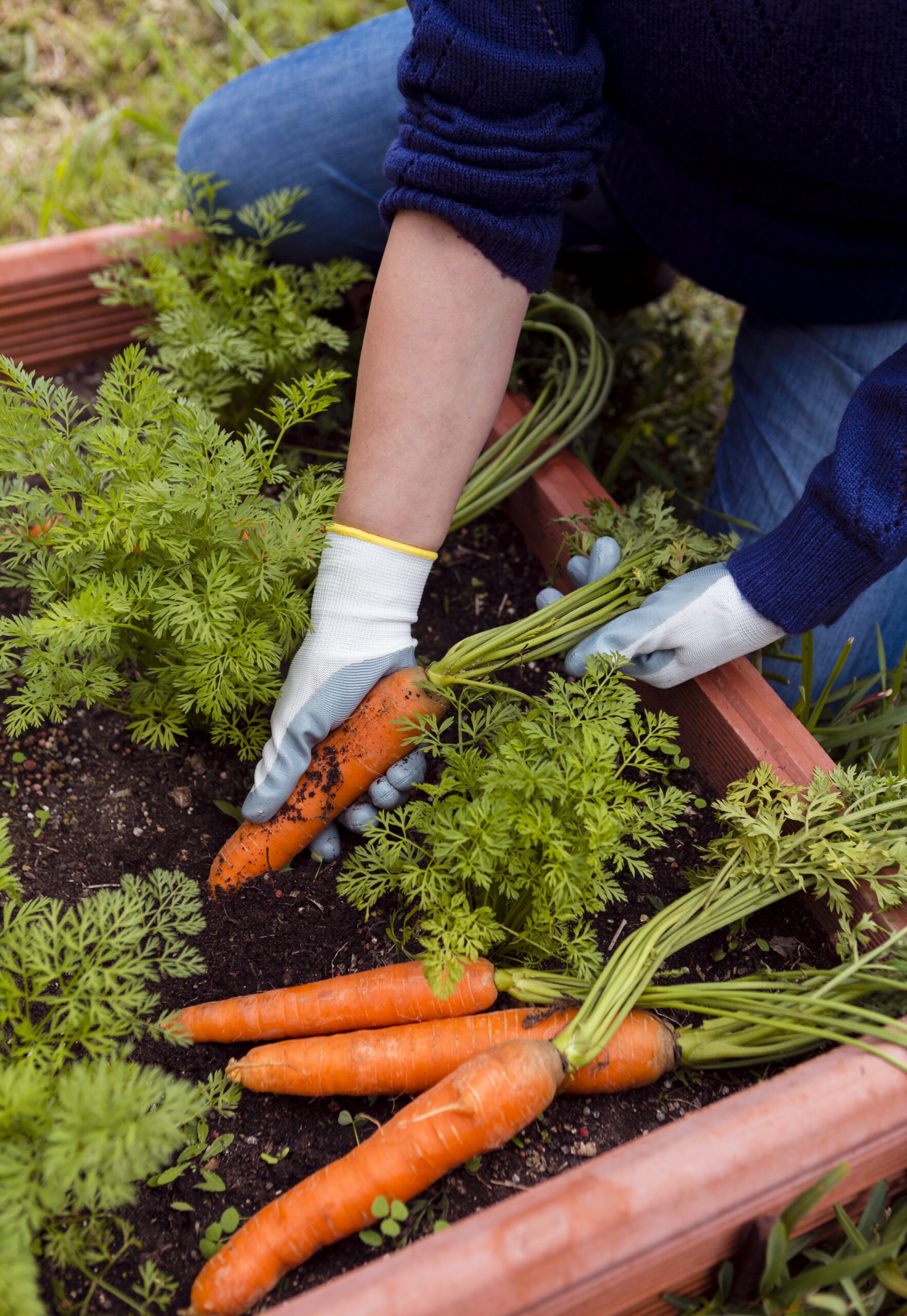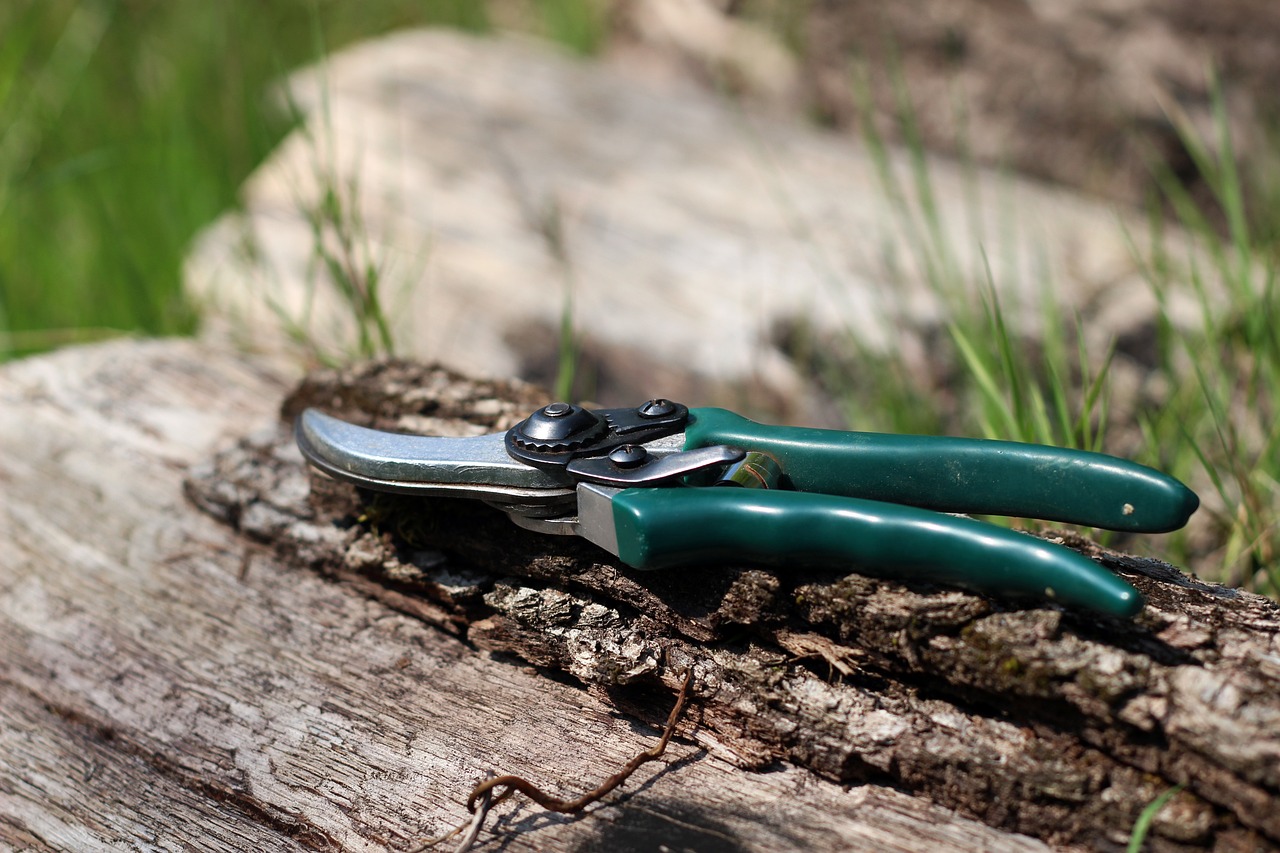
Winter doesn’t have to be the end of your gardening journey; in fact, it can mark the beginning of a flourishing winter vegetable garden adventure. Discovering the secrets to a bountiful winter harvest involves more than just hoping for the best. Let’s unravel the “5 Essential Tips for a Bountiful Winter Vegetable Garden!” that will transform your garden into a thriving wonderland, even when the temperature drops.
1. Embrace the Chill: The Foundation of a Winter Vegetable Paradise
As we delve into the heart of winter gardening, the first among the “5 Essential Tips for a Bountiful Winter Vegetable Garden!” is to understand and embrace the chill. The cold season isn’t the enemy; it’s an ally waiting to reveal its wonders.
1.1: Choosing the Right Varieties

Choose winter-hardy vegetables such as kale, Brussels sprouts, and carrots for your garden. These varieties can withstand frost and cold temperatures. Kale is known for its resilience and nutritional value. Brussels sprouts become sweeter after exposure to cold, offering an extended harvest period. Carrots are frost-resistant, store well, and get sweeter in colder conditions.
Together, these vegetables create a diverse and resilient garden, providing a mix of leafy greens, cruciferous veggies, and root crops. This combination ensures a continuous supply of fresh produce throughout the winter, with added benefits like pest resistance and improved flavor.
1.2: Timing is Everything
In winter gardening, timing is crucial for success. Starting seeds early is essential to establish strong roots before cold weather sets in. This early start maximizes the growing season, allowing plants to mature before the harshest winter conditions. It helps build resistance to frost and enables the use of protective measures. Additionally, strategic timing allows for succession planting, ensuring a continuous harvest and optimal use of garden space. By making timing an ally, you increase the likelihood of cultivating robust and resilient plants that thrive in colder temperatures.
2: The Cozy Blanket Approach: Mastering Mulching Techniques
Just like we wrap ourselves in cozy blankets during winter, your plants deserve the same treatment. This brings us to the second among the “5 Essential Tips for a Bountiful Winter Vegetable Garden!” – the cozy blanket approach through mastering mulching techniques.
2.1: Mulch Magic

Mulching in winter gardening serves multiple essential purposes. It acts as a protective shield for plants by conserving soil moisture, regulating soil temperature, and suppressing weed growth. The thick layer of mulch serves as a barrier against moisture loss, insulates the soil to prevent temperature fluctuations, and reduces the frequency of freeze-thaw cycles.
Additionally, it helps control weeds by blocking sunlight, simplifying garden maintenance. Furthermore, mulch provides an extra layer of warmth for plant roots during cold spells, enhancing their winter hardiness and overall resilience. Beyond aesthetics, mulching is a practical and effective strategy to promote the health and well-being of your winter garden.
2.2: Mulching Materials Matter
Choosing the right mulching materials is crucial for winter gardening success. Experimenting with options like straw, leaves, and shredded newspaper offers diverse benefits. Straw provides insulation and retains soil moisture, leaves are cost-effective, contribute nutrients, and suppress weeds, while shredded newspaper serves as a biodegradable weed barrier.
Combining these materials creates a nutrient-rich environment, tailored to the preferences of winter vegetables. The variety of mulching materials enhances resilience, regulates soil conditions, and supports overall plant health throughout the winter.
3: Winter Water Wisdom: Nurturing Roots in the Frosty Abyss
Water – the elixir of life for your winter garden. Unveiling the third gem among the “5 Essential Tips for a Bountiful Winter Vegetable Garden!” involves mastering the art of winter water wisdom.
3.1: Hydration Hacks

In winter gardening, it’s crucial to debunk the misconception that plants don’t need water. The key to successful hydration during winter lies in providing enough moisture to sustain winter vegetables without overwatering. Hydration hacks include balancing the water needs of different plants, promoting deep and infrequent watering to encourage robust root growth, monitoring soil moisture regularly, and taking advantage of morning watering to prevent freezing issues.
Mulching acts synergistically with watering to retain soil moisture, and understanding the specific requirements of each plant ensures a tailored and effective hydration strategy. Additionally, proper drainage practices and special attention to container gardens are essential to prevent waterlogging.
3.2: Morning Magic
Morning watering in winter gardening offers multiple advantages for plant health. By embracing the morning magic, you take advantage of optimal soil absorption during warmer daytime temperatures. This reduces the risk of freezing issues and prevents waterlogged soil, promoting better drainage.
Morning watering also helps minimize fungal diseases by allowing plant foliage to dry quickly. Additionally, it supports healthy plant growth, conserves water by reducing evaporation loss, and establishes a consistent care routine. Overall, the practice contributes to the vibrancy and well-being of your winter garden.
4: Frost-Proofing Mastery: Shielding Your Garden from the Icy Grasp
As winter tightens its icy grip, your garden needs a shield against the frosty onslaught. This brings us to the fourth indispensable tip among the “5 Essential Tips for a Bountiful Winter Vegetable Garden!” – the art of frost-proofing mastery.
4.1: Protective Covers

Investing in protective covers like row covers or cloths is a crucial strategy for safeguarding winter garden plants from frost. These covers act as physical barriers, trapping heat and creating a warmer microclimate around the plants. By reducing frost formation, they prevent damage to delicate plant tissues and promote overall plant health.
The versatility of cover materials allows for adaptation to various crops, and their ease of application and removal offers flexibility in responding to changing weather conditions. Protective covers are valuable tools in ensuring the success of your winter gardening efforts by providing effective frost protection.
4.2: Cold Frame Creativity
Cold frames are innovative tools for winter gardening, resembling mini-greenhouses with transparent covers. They create a controlled environment that shields plants from harsh winter conditions. By regulating temperature and providing a warmer microclimate, cold frames extend the growing season, allowing for earlier planting and continued growth.
Versatile and adaptable, they are suitable for various winter vegetables. Cold frames protect against frost and extreme cold, offering shelter from harsh weather elements. They serve as transitional spaces, enabling gradual adaptation for plants moving from indoors to outdoor winter conditions. Cold frames are easily monitored, with ventilation options to ensure a balanced environment. In summary, cold frames are a creative and effective solution for thriving winter gardens, acting as a secret weapon against the challenges of winter weather.
5: Pruning Precision: Shaping a Winter Wonderland for Vegetables

Pruning isn’t just for the spring and summer; it’s a crucial step in crafting a winter wonderland for your vegetables. The fifth and final gem among the “5 Essential Tips for a Bountiful Winter Vegetable Garden!” is all about pruning precision.
5.1: Trim with Purpose
Pruning with purpose is essential in winter gardening, involving the deliberate removal of dead or diseased branches. This practice enhances air circulation, reducing the risk of fungal diseases and minimizing excess humidity. By opening up the plant canopy, pruning maximizes sunlight exposure, stimulating growth and preventing winter shade.
Removing dead or diseased branches encourages plant vitality and prevents the spread of diseases. A well-pruned garden not only promotes plant health but also offers aesthetic appeal, showcasing the beauty of plant structures even in winter. Proper timing and technique are crucial for successful winter pruning, making it a valuable practice for maintaining a visually pleasing and healthy winter landscape.
5.2: Watchful Winter Eyes
Maintaining a watchful eye on your winter garden is crucial for detecting signs of stress or disease early. If issues arise, strategic pruning becomes a valuable intervention. This approach involves removing affected parts to prevent the spread of diseases and stimulate overall plant health. Recognizing the dynamic nature of your garden, strategic pruning adapts to evolving needs, encouraging resilience and promoting new growth. Winter-specific challenges, such as frost damage, can be addressed through careful and thoughtful pruning, contributing to the garden’s overall health and preparing it for the coming growing season.
Conclusion: Unlocking Winter’s Garden Secrets
In conclusion, the “5 Essential Tips for a Bountiful Winter Vegetable Garden!” are not just guidelines; they are keys to unlocking the hidden potential of your winter garden. Embrace the chill, master mulching, wield water wisely, deploy frost-proofing mastery, and exercise pruning precision. With these tools in hand, your winter garden will not only survive but thrive, turning the coldest season into a spectacle of vibrant life.
